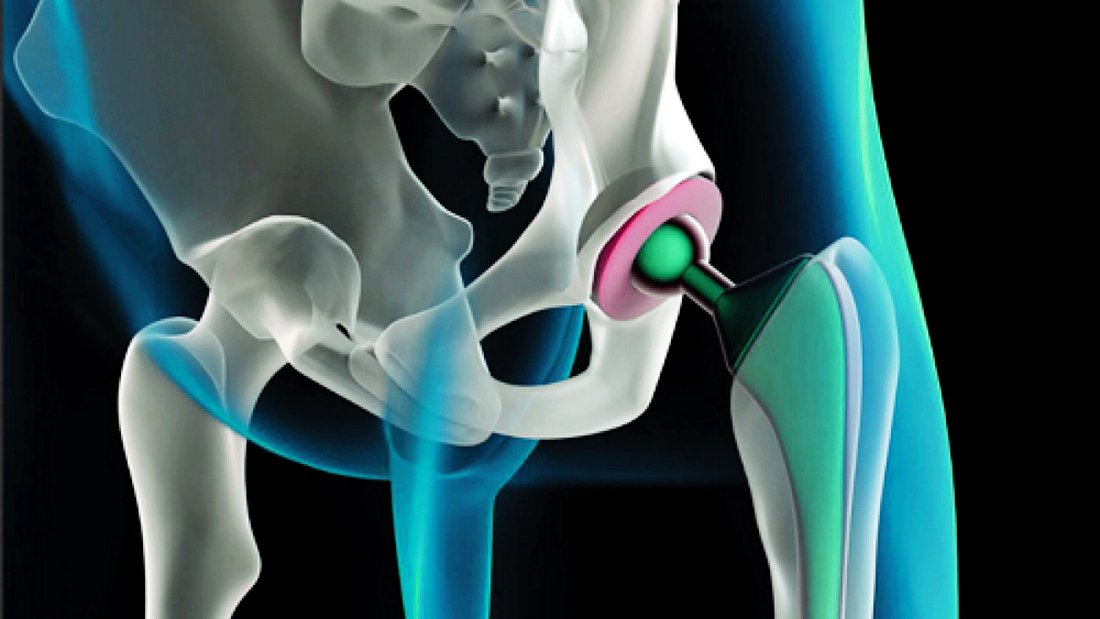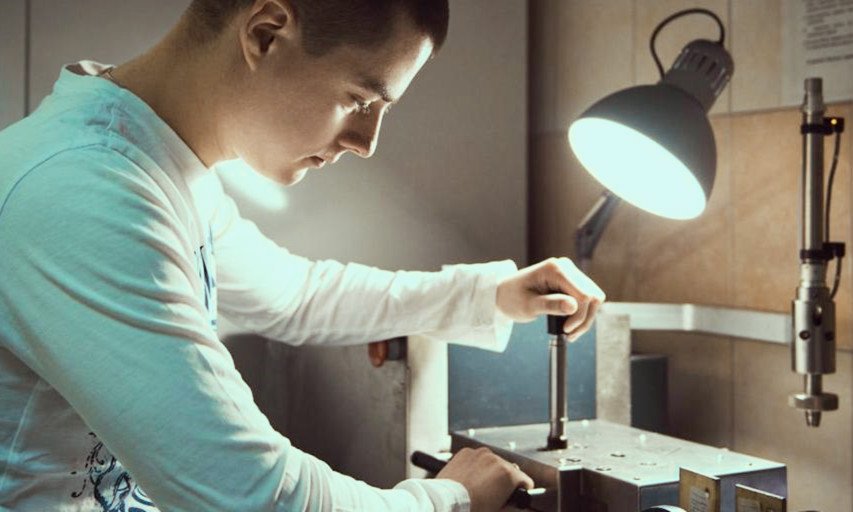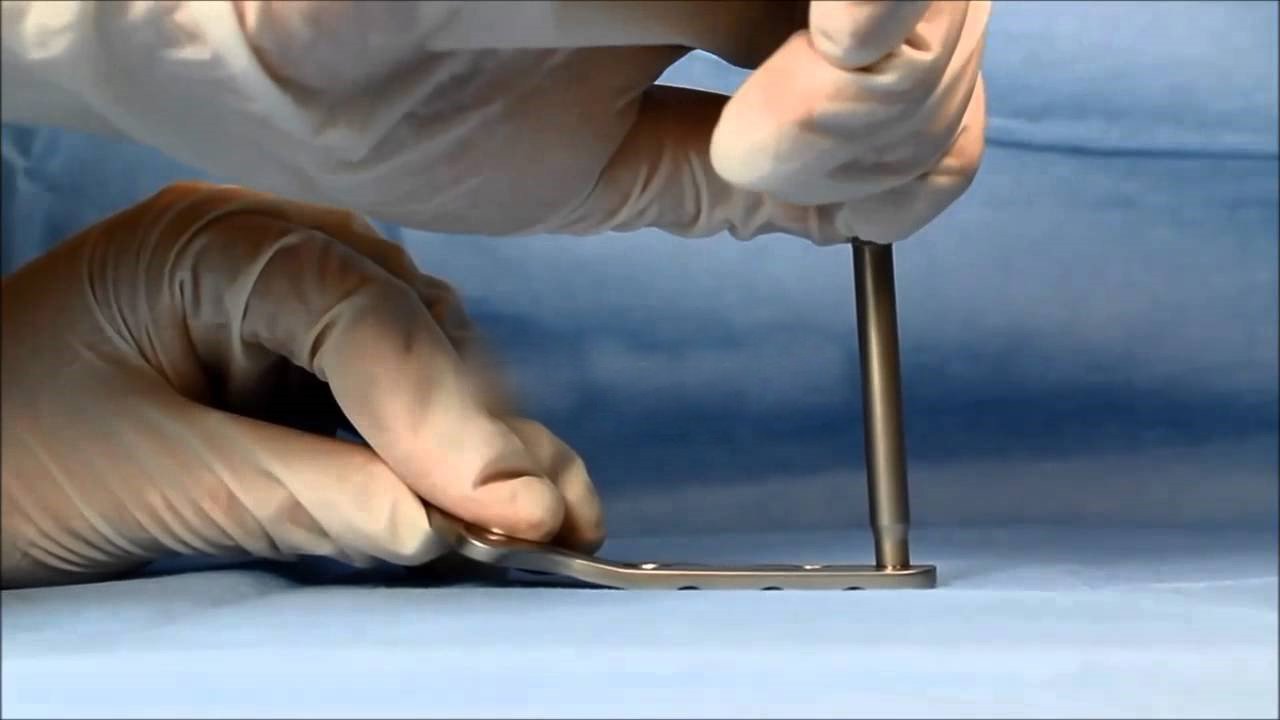
Basic Principles of Plate Fixation
Basic Principles and Techniques of Plate Fixation – Excellent results of fractured bones by plate and screws can be achieved not only by following biomechanical principles

Basic Principles and Techniques of Plate Fixation – Excellent results of fractured bones by plate and screws can be achieved not only by following biomechanical principles

The wrist contains two forearm bones: the ulna and the radius. The most commonly encountered fracture in the wrist is that of the distal radius. It

What is a Hip Fracture? A hip fracture is a severe injury that may hamper your ability to walk. Most people fracture their hips at

Stress fractures are a type of overuse injury characterized by small cracks in the bone. When muscles are fatigued and can’t absorb repeated impact, the

The components of ring fixators system are into 2 categories: main and secondary. The main parts are the standard elements to correct skeletal deformities: rings, wire-fixation bolts, wires, and

Pins are versatile and are usually helpful for internal fixation. A pin has a comparatively small diameter and is inserted through the soft tissue and

An ideal trauma implant material should be inert, non-toxic to the body, and completely corrosion-proof. It should be inexpensive, simply worked, and mouldable in various shapes without

Forging Forging is basically the art of the blacksmith. The metal is heated as well as hammered or squeezed into shape. A die is occasionally

Successful use of a bone plate relies on the properties of the plate, the bone screws, the bone and on the accurate application of biomechanical
Enquiry Now